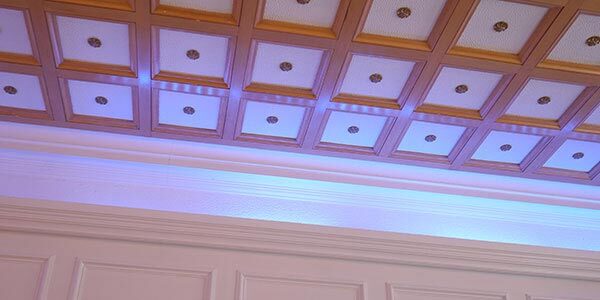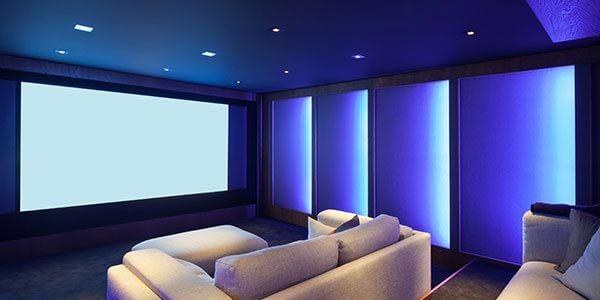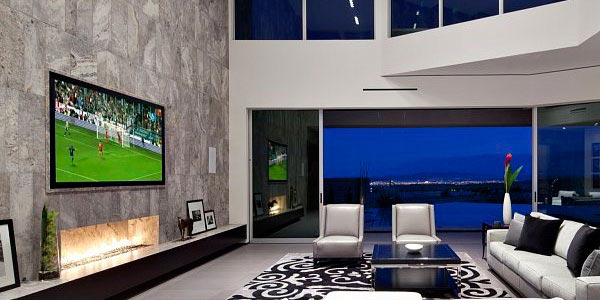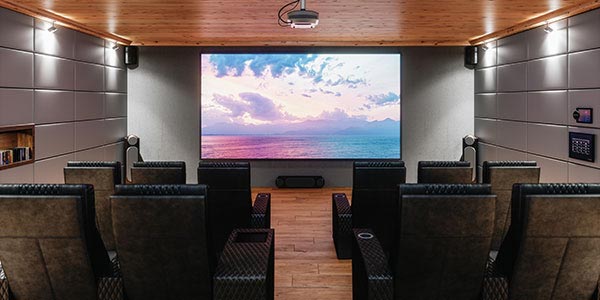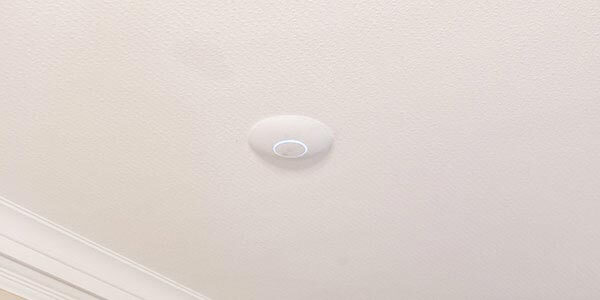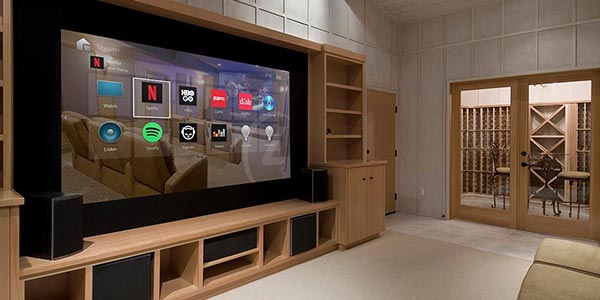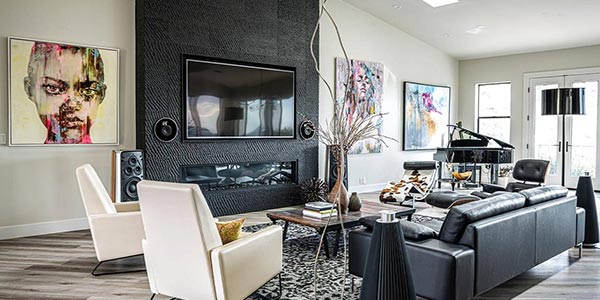Ubiquiti Wi-Fi Access Points vs Home Extenders
Picture the scene: you are trying to stream some music or take a zoom call in your home, but you can’t help noticing that your Wi-Fi connection seems strangely choppy. As a result, the music might keep pausing or the on-screen video image could periodically freeze.
If those problems go away when you use the Wi-Fi elsewhere in your home, there is evidently a “dead zone” in its Wi-Fi coverage. This will be an area where the strength of the Wi-Fi signal from your router, switch or hub has reduced to a trickle, if even that.
The solution to the WiFI dead zone would be having wireless or hard wired Ubiquiti WiFi access points installed in your property to be able to get full coverage in your property and enjoy really fast and rapid WiFi In Your Home. Contact Our WiFi team now on 0203 865 6433 today to book a WiFi Network report.
What is a wireless access point?
Otherwise known as a WAP, a wireless access point is a device that produces its own wireless local area network (WLAN) – connectivity it sources from a Wi-Fi router, switch or hub to which the WAP is attached via an Ethernet cable.
As a WAP transmits and receives its own Wi-Fi signal via the device’s own in-built radios, a WAP can easily be used to extend strong Wi-Fi coverage across a property. For this purpose, you could strategically position WAPs in parts of your home where Wi-Fi coverage tends to be scarce.
It would be possible for you to string together multiple WAPs to form a single, seamless wireless network. This would let you casually roam around your house while any online-enabled devices you are using at the time switch between different WAPs, thereby keeping your Wi-Fi signal strong.
How WAPs and extenders fundamentally differ
You might have sometimes seen extenders referred to as repeaters or boosters – but, whatever you call them, they are only superficially similar to access points. This is because an extender would not create new Wi-Fi coverage but instead simply expand the router’s existing coverage.
As extenders do this by connecting wirelessly to the router, they can only be placed where the router is already transmitting a strong signal. So, an extender on a property’s first floor could pick up a router’s signal originating from the basement and cast that signal towards the second floor.
This restriction is absent from WAPs, as they are cable-connected to the router. A WAP would therefore represent the much more reliable and much less fussy solution – despite requiring a larger (if, given the technology’s practical benefits, easily justifiable) financial outlay.
How can a Ubiquiti Wi-Fi access point increase your Wi-Fi coverage?
Ubiquiti is one of the big-name brands from which we source data communication solutions for our clients, and for good reason: this New York City-headquartered company’s products are easy to both initially implement and use on an ongoing basis.
If your needs are relatively basic, you could particularly consider Ubiquiti’s UAP-AC-PRO WAPs, which are:
- Easy to install on walls and ceilings within minutes
- Weather-proof
- Packaged with a mounting kit
What if your Wi-Fi requirements are more demanding? In this instance, we would urge you to look into getting Ubiquiti’s UAP-AC-M-PRO model, which you could:
- Configure locally or via the cloud
- Use with a UniFi controller
- Control alongside multiple other UniFi access points
While the setup process for this latter WAP is more complex, our Wi-Fi technicians have the specialist expertise and experience to undertake it on your behalf.
How a strong Wi-Fi setup would evidence itself
In a pinch, you could remain tempted to buy an extender – especially as the particular “dead zone” you are trying to tackle might only just be out of your current Wi-Fi coverage’s reach. In practice, however, getting results from an extender can prove a frustrating process of trial and error.
Besides, while an extender would technically expand the coverage of your Wi-Fi router, its bandwidth would be left unaffected. A WAP, by contrast, would be able to accommodate dozens of connections simultaneously before the signal strength takes any discernible hit.
This would leave a WAP the much more resilient solution when you want a Wi-Fi network conducive to keeping a multifaceted smart home running smoothly. With this kind of Wi-Fi network in place, someone could stream high-definition video upstairs while someone else powers up a smart heating system downstairs – all without either person noticing any slowdown in their Wi-Fi speeds.
The advantages of using a Ubiquiti wireless access point
Ubiquiti wireless access points are renowned for being intuitive to use. Here are just some advantages common to both the UAP-AC-PRO and UAP-AC-M-PRO models of Ubiquiti WAP:
- A sleek and aesthetically pleasing enclosure
- MIMO design allowing multiple connected devices to be used simultaneously
- Support for the modern 802.11ac Wi-Fi standard
- Easy-to-use control panel
- Solid wireless performance
The UAP-AC-M-PRO model would be the better option if you want to go all-out with an accomplished level of wireless performance, as your smart home could particularly require.
Meanwhile, the UAP-AC-PRO unit makes a good “beginner’s choice”, as it is housed in a compact, disk-shaped casing that won’t look conspicuous when secured to a wall or ceiling.
The UAP-AC-PRO and UAP-AC-M-PRO models would both allow you to upgrade their firmware remotely, making it easier for you to maintain their efficiency over the long term.
Why you probably shouldn’t just settle for an extender
In many instances, an extender would be a “make do” solution to what could constitute a deep-rooted problem. If you wanted to get Wi-Fi coverage into an outbuilding of your home, for example, an extender might not be enough – or at least feel somewhat feeble if it is.
Our technicians are highly experienced in installing versatile and multifunctional wireless solutions. This background enables us to implement, for example, Ubiquiti access points connected to a router through hard-wired Ethernet structured cabling.
This is an especially reliable means of strengthening a home’s Wi-Fi connectivity – though, depending on exactly where in your home you want its wireless coverage bolstered, one of our alternative Wi-Fi solutions, like point to point Wi-Fi, might work more effectively.
If you are uncertain which of our smart Wi-Fi services would best serve your London household’s specific requirements, we can establish them by holding a free consultation with you.



